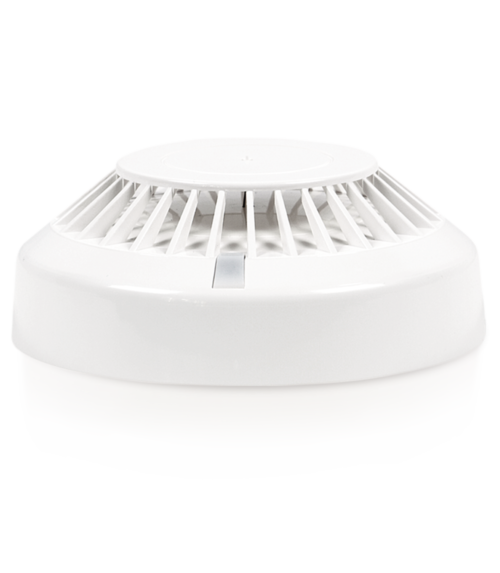

The TUP-40 fixed temperature rate-of-rase heat detector is designed to detect fire hazards in rooms where excessive or very rapid temperature rise can be expected in the first phase of the fire and where, due to the prevailing conditions, it is not possible to use smoke detectors.
Variety
Conventional, fixed temperature rate-of-rase heat detector
Application:
The TUP-40 fixed temperature/rate-of-rise heat detector reacts to a rise in temperature occurring during a fire. The detector works as a fixed temperature detector when temperature excesses the threshold pursuant to a given class, and as a rate-of-rise detector during a sudden rise in temperature. In the moment of fire hazard the detector transmits an alarm signal to the fire alarm control panel.
Compatibility:
The TUP-40 detectors can operate in lines/loops of the IGNIS 1000/2000 or on the side line of ADC-4001M adapter in POLON 4000 fire alarm control panels.
| Name | File type | File name | File size | Download |
|---|---|---|---|---|
| TUP-40 Datasheet | Datasheets | TUP-40.pdf | 779.04 KB | |
| TUP-40 Declaration of Performance | Declaration of Performance | TUP-40_DWU_1_E291_2022.pdf | 892.54 KB | |
| TUP-40 Installation and Maintenance Manual | Installation and Maintenance Manual | TUP-40-IMM.pdf | 673.09 KB | |
| TUP-40 Declaration of Conformity | Declaration of Conformity | TUP_40_DEKLARACJA-ZGODNOSCI_UE_1_E291_2017.pdf | 283.88 KB | |
| TUP-40 Certificate of Constancy of Performance | Certificates | TUP-40_1438-CPR-0019.pdf | 1.45 MB |